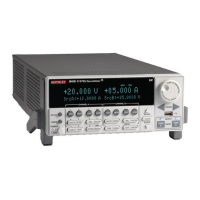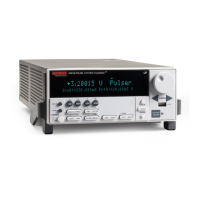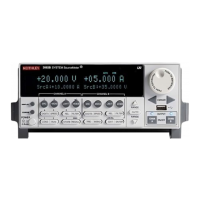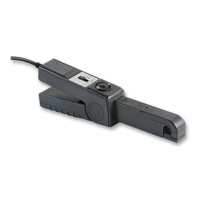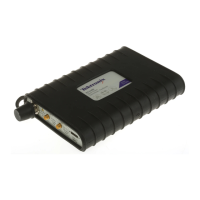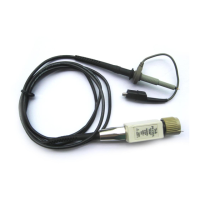13: Introduction to TSP commands 2470 High Voltage SourceMeter Instrument
13-26 2470-901-01 Rev. A / May 2019
Example: Break with while statement enclosed by comment delimiters
local numTable = {5, 4, 3, 2, 1}
local k = table.getn(numTable)
--local breakValue = 3
while k > 0 do
if numTable[k] == breakValue then
print("Going to break and k = ", k)
break
end
k = k - 1
end
if k == 0 then
print("Break value not found")
This example defines a break value
(breakValue), but the break value line is
preceded by comment delimiters so that the
break value is not assigned, and the code
reaches the value 0 to exit the while loop.
Output:
Break value not found
Example: Break with infinite loop
while true do
print(a, b)
a, b = b, a + b
if a > 500 then
break
end
end
break
causes the while loop to exit if the value of a
becomes greater than 500.
Output:
0 1
1 1
1 2
2 3
3 5
5 8
8 13
13 21
21 34
34 55
55 89
89 144
144 233
233 377
Tables and arrays
Lua makes extensive use of the data type table, which is a flexible array-like data type. Table indices
start with 1. Tables can be indexed not only with numbers, but with any value except nil. Tables c
an
be
heterogeneous, which means that they can contain values of all types except nil.
Tables are the sole data structuring mechanism in Lua. They may be used to represent ordinary
arrays, symbol tables, sets, records, graphs, trees, and so on. To represent records, Lua uses the
field name as an index. The language supports this representation by providing a.name as an easier
way to express a["name"].
